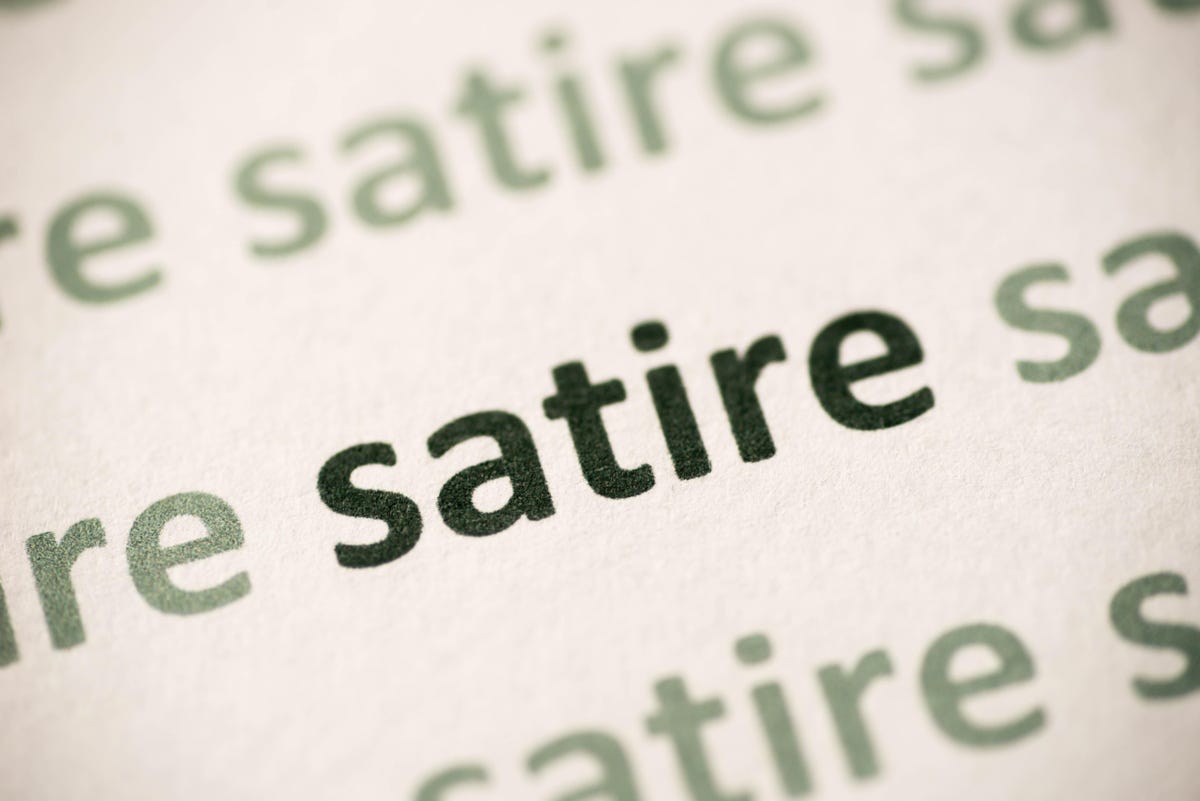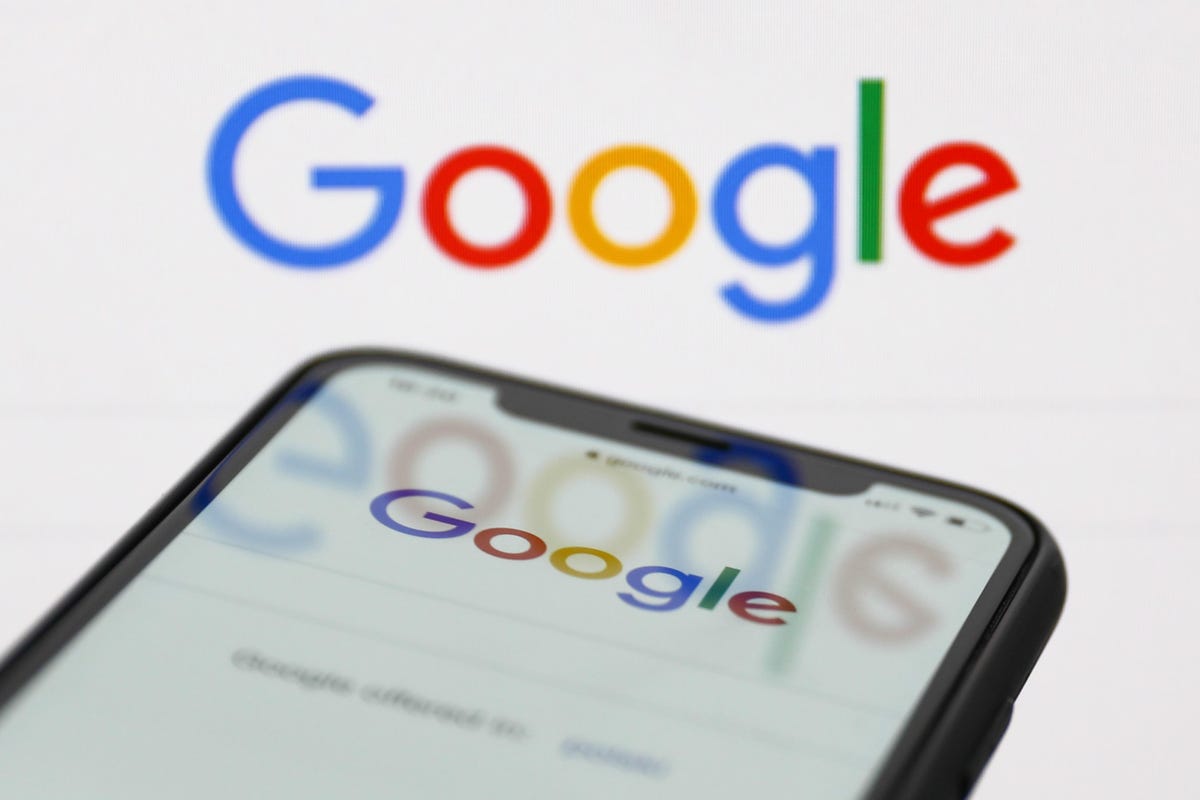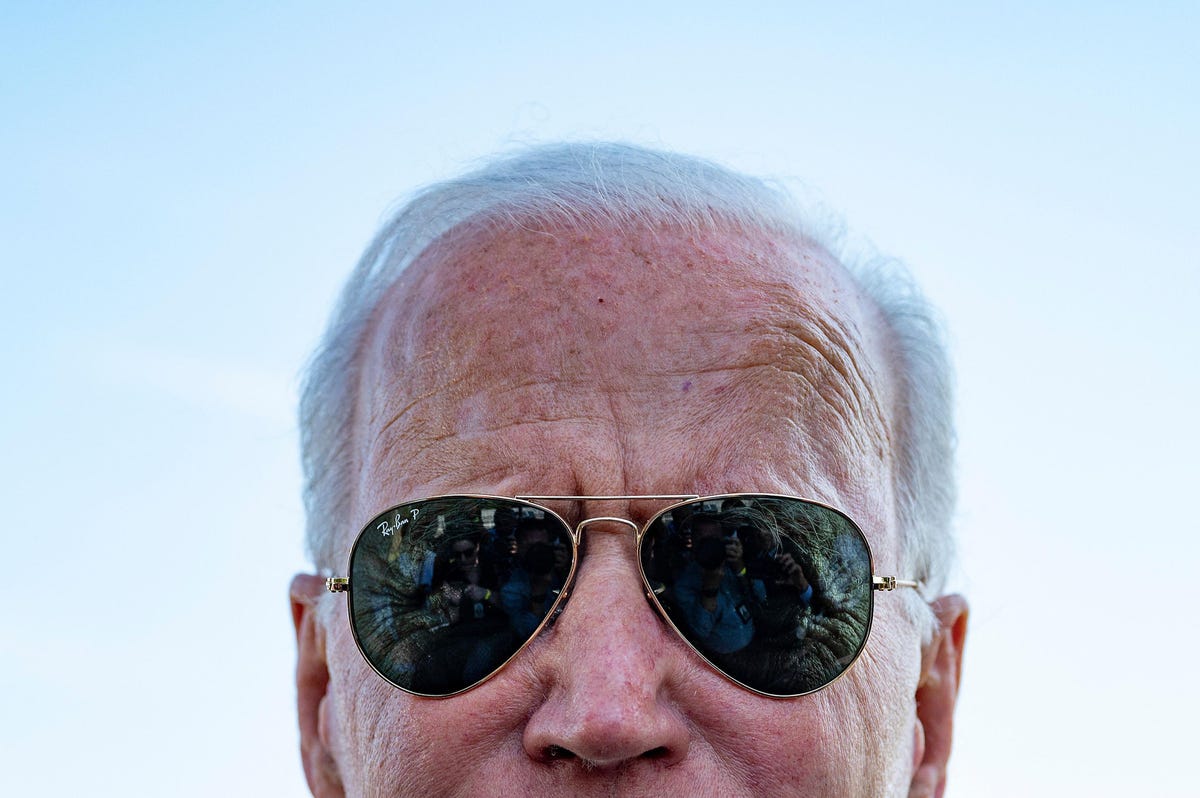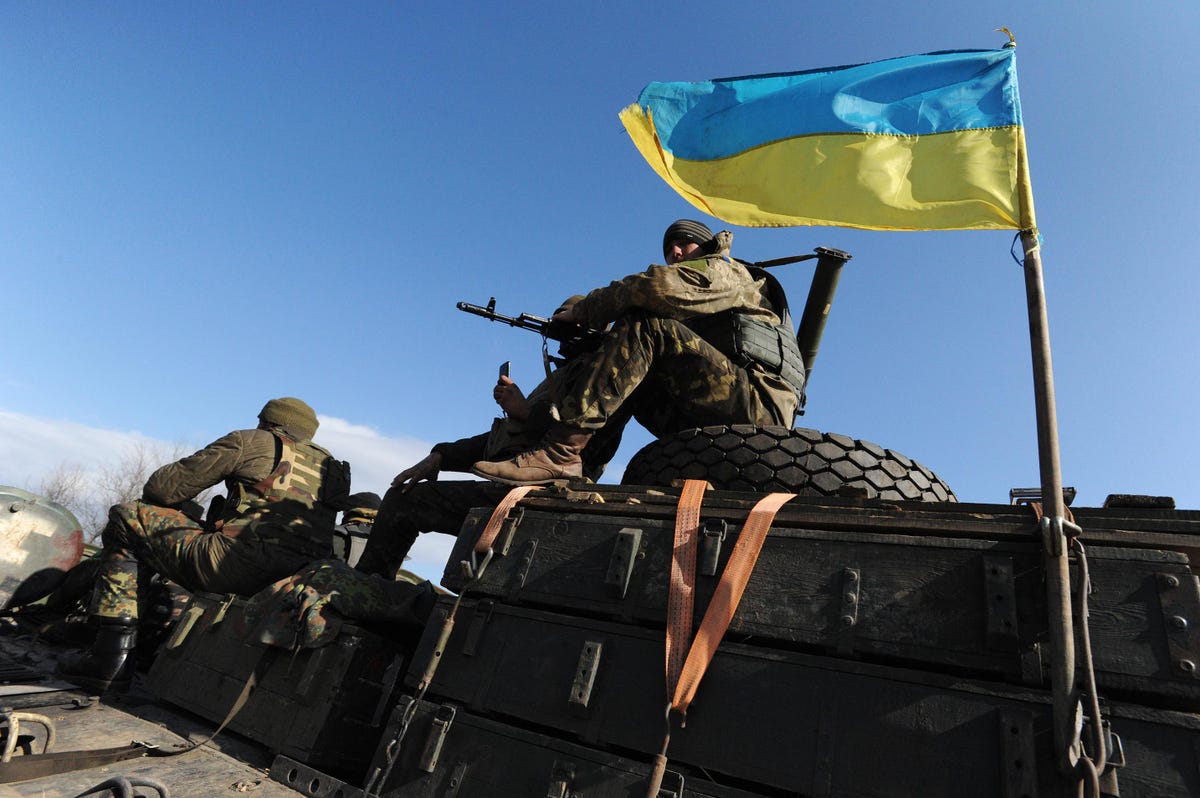A graphic pretend video of Paris underneath assault is being unfold extensively on social media by the Ukrainian authorities and native information shops.
Twitter
Even when deployed for a trigger many individuals agree with — to display the broader dangers of Russian aggression — consultants say the graphic video could also be harmful.
The Eiffel Tower destroyed by missiles. Parisian neighborhoods lowered to rubble. France’s capital consumed in smoke. Sirens and screams amplified by the booms of bombs.
They’re moments from a viral pretend video of Paris underneath siege. The graphic footage, which appears actual, is being disseminated on social media by the Ukrainian authorities and native information shops to ship the message that what’s taking place of their residence nation might come to move in different democracies, and to induce the closing of airspace over Ukraine.
However at a time when doctoring of actuality on the web can have highly effective, real-world penalties — and when the challenges of verifying information in regards to the conflict have solely exacerbated mistrust in governments and the media — misinformation consultants are criticizing the transfer as doubtlessly harmful.
“One of these doubtlessly unintentional misinformation provides to the present complexities of acquiring trusted data within the fog of conflict,” says Hany Farid, a professor at UC Berkeley’s Faculty of Info, who has testified earlier than Congress on on-line disinformation. “At a time when trusted data is crucial, releasing this video could not have been sensible.”
As Russian President Vladimir Putin escalates his assaults on Ukraine, the knowledge conflict can also be intensifying. Whereas the Kremlin ups its use of propaganda, crackdown on free speech and censorship of reports and content material from outdoors the nation — Russia blocked Instagram on Monday — Ukraine is responding with its own propaganda offensive. However at a time when rampant mis- and disinformation on-line threatens to worsen the already lethal battle, even these sympathetic to the Ukrainian trigger are warning that a few of its on-line exercise is pushing the restrict.
Although the origins of the 45-second video are unclear, it has been picked up and unfold far on social media by Ukrainian management and official information sources over the previous week. The video has been shared and seen hundreds of thousands of instances in posts by the verified accounts of Ukraine’s Ministry of Protection on Twitter; Ukraine’s deputy prime minister, Mykhailo Fedorov, in messaging app Telegram; and UkraineNOW, the nation’s “principal verified supply of official data,” on Telegram. Regardless of suspending publication late final yr, The Kyiv Submit has additionally shared the video on Twitter and on Facebook, and it has traveled in lots of extra posts on Instagram with the hashtag #ifwefallyoufall.
The Kyiv Submit has shared a graphic doctored video of Paris underneath siege on Fb and Twitter.
Fb
Solely on the finish of the reel does a disclaimer make clear that the scenes of destruction in Paris are a mere hypothetical. “Simply suppose if this had been to occur in one other European capital,” says textual content that seems, adopted by a quote from Ukrainian President Volodymyr Zelensky calling to “shut the sky over Ukraine” — a plea repeated in his emotional address to Congress on Wednesday. “If we fall, you fall.”
Requested in regards to the video throughout a cellphone interview on Wednesday, Fedorov, the Ukraine deputy prime minister, advised Forbes that “closing the sky is instrumental for us to defend ourselves efficiently on this conflict. And because of this we’re reaching out by means of a variety of channels. Our volunteers and our companies which can be volunteering for us are creating a variety of content material on this route. The fundamental level of all this content material is to indicate residents mainly a style of what it is like” to be underneath assault.
In response to questions from Forbes, Twitter stated it has begun actively monitoring shares of the video “and, in cases the place it violates the Twitter Guidelines, particularly our synthetic and manipulated media policy, we’ve taken enforcement motion,” spokesperson Trenton Kennedy wrote in an electronic mail, with out specifying what that motion contains. Fb didn’t instantly reply to a request for remark.
Farid, whose analysis has centered on picture evaluation and human notion, says that whereas the textual content on the finish of the clip reveals it’s not supposed to deceive, “releasing a video like this into the wild might be harmful as it could be trivial to take away the closing textual content, label the video with a sensational headline, and watch it unfold virally on-line.”
Misinformation researcher Paul Barrett, deputy director of the NYU Stern Middle for Enterprise and Human Rights, added that although the textual content makes express that the footage is not actual, disseminating pretend video on-line is mostly “a nasty concept.”
“It blurs traces between reality and falsehood and can be utilized to govern customers in reference to elections, public well being insurance policies, and the conduct of wars,” he tells Forbes. “If the creators of this video had sought my recommendation, I might have advised discovering one other technique to convey their message.” Barrett additionally referred to as for platforms to append a label to the video, figuring out it as a simulation and directing customers to authoritative sources of images and information in regards to the Russian invasion.
Steven Brill, co-CEO of NewsGuard, a journalistic group centered on combating misinformation and bettering media literacy, echoed the necessity for labels. “We’re in opposition to misinformation of any form,” he says, “which is why we favor labeling the sources of any data based mostly on their reliability and trustworthiness.”
Ukraine’s Ministry of Digital Transformation advised Forbes in an electronic mail that the video had been made by “some Ukrainian inventive guys” who’re volunteering within the conflict effort by producing photographs and movies. The ministry stated “we don’t thoughts” reposting and sharing such content material.
UkraineNow, which describes itself as a authorities group operating “the official Fb account of Ukraine,” additionally posted a photo of Paris underneath assault, asking within the caption: “Who’s subsequent? After Ukraine?”
Know-how is simply making it simpler to change movies and photographs, with seemingly actual “cheapfakes” turning into even lower-tech and a lighter elevate to create than “deepfakes.”
Some worry that governments and information organizations spreading delicate, doctored materials might set a troubling precedent for others with entry to digital instruments that might enable them to do the identical.
This video “provides to the overall mistrust in what we see on-line,” UC Berkeley’s Farid stated. “That’s, if that is pretend, then what else is pretend?”
Thomas Brewster contributed to this report.






